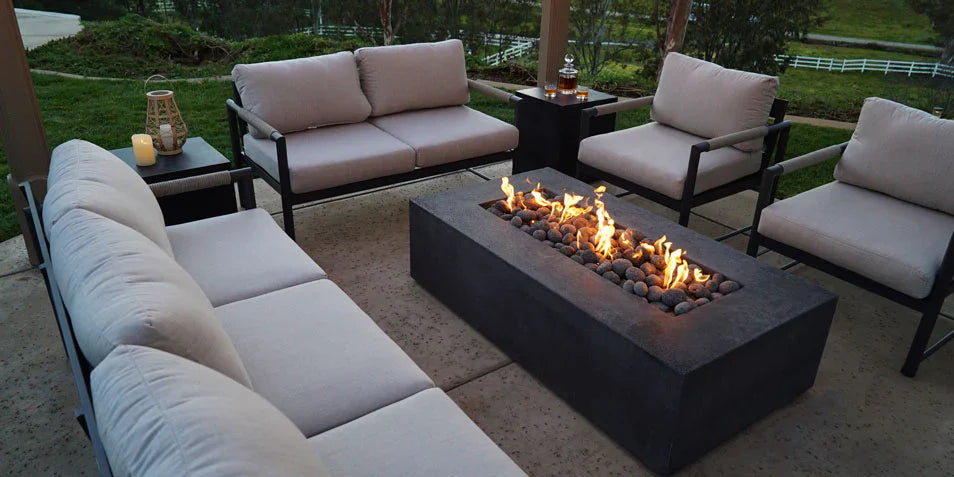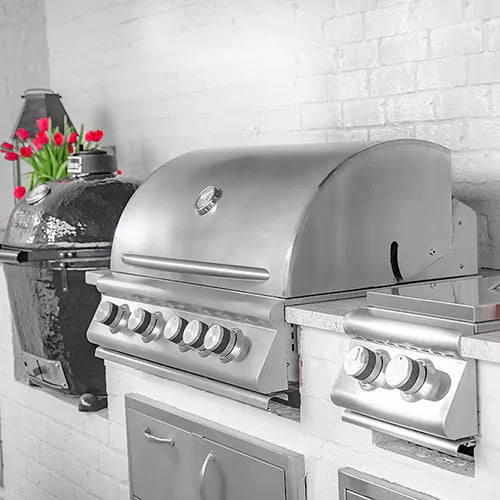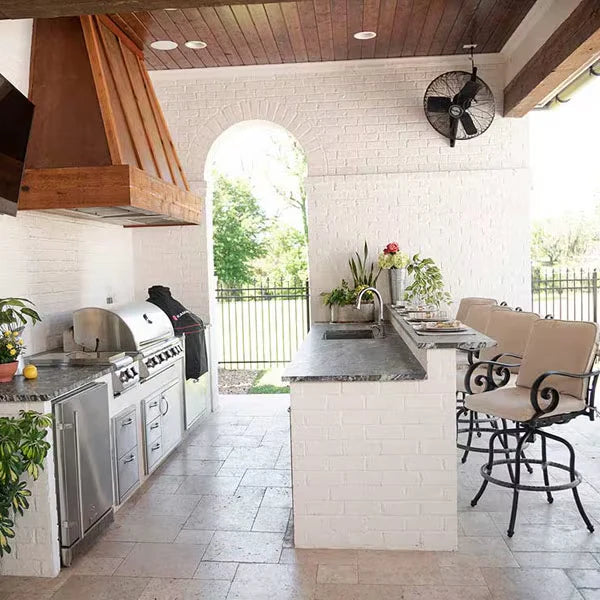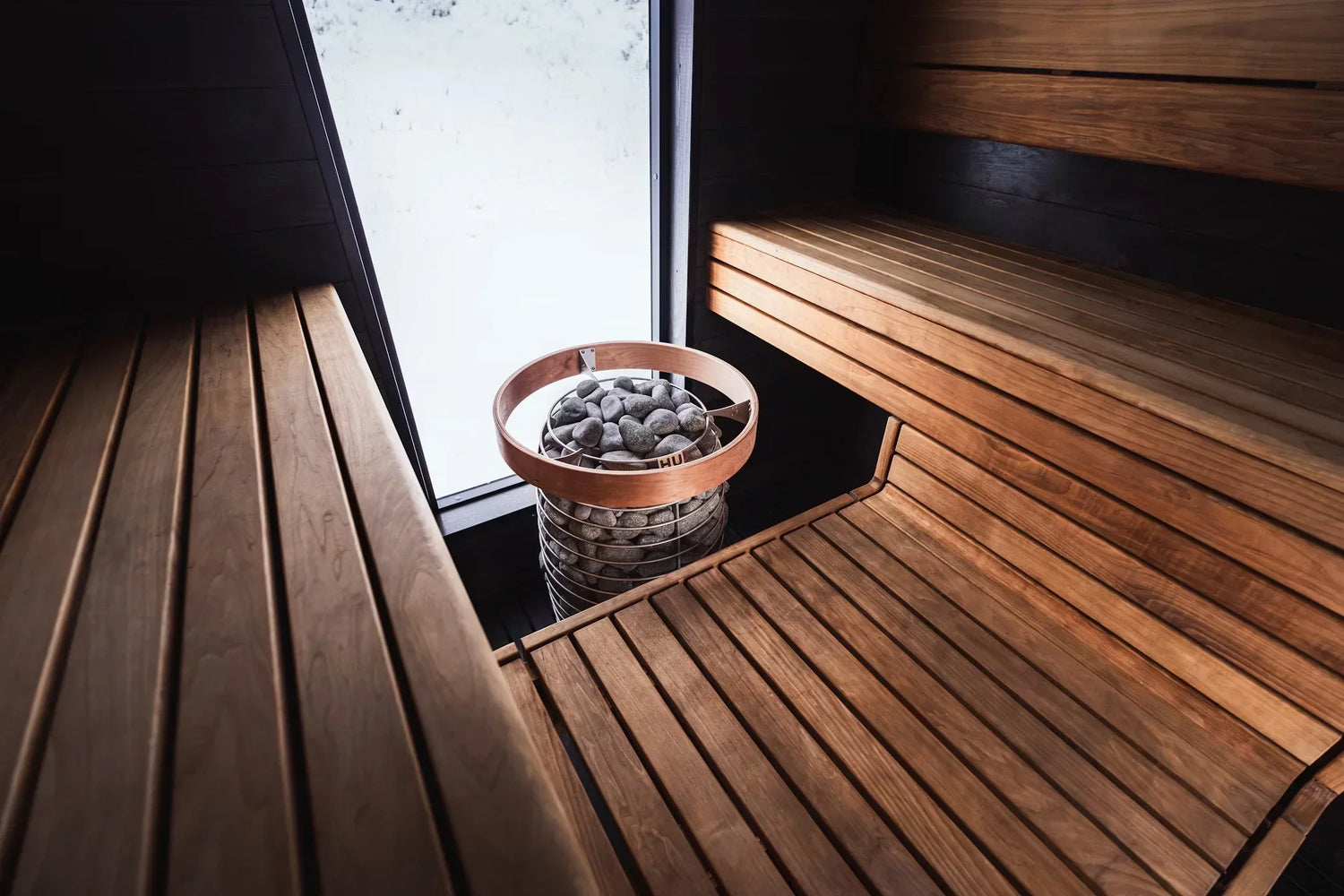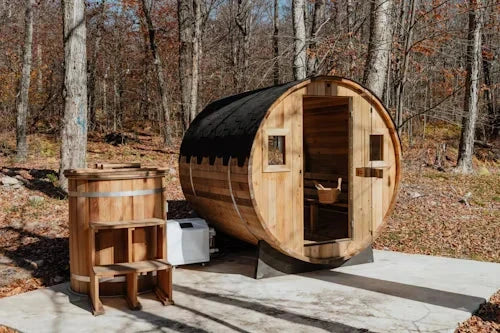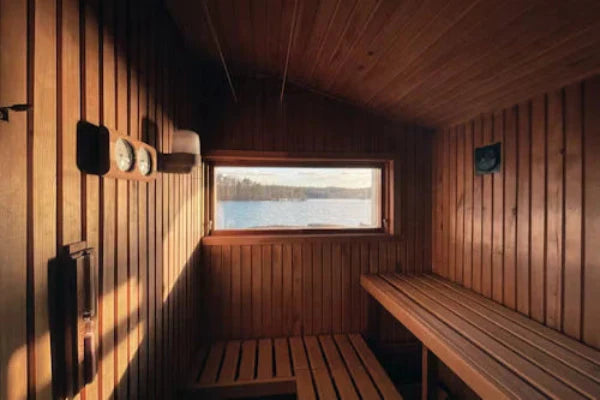Let’s Set the Record Straight — How Long Does a Tank of Propane Last?
You're here because your favorite outdoor toy is the heart of your backyard setup and you don't want it dying mid-dinner. This guide is all about the 20lb portable propane tank, the most common fuel source for fire pits, grills, and heaters across American patios.
So how long does a tank of propane last in your fire pit? Most 20lb tanks burn for 7 to 10 hours on a 40,000 to 50,000 BTU burner at full flame. That’s usually enough for a couple long nights stargazing, but it’s not that cut and dry.
Your actual runtime depends on how high you run your flame, what the weather’s doing, and how well your setup holds heat.
What Factors Change How Long Your Tank Lasts?
Not every propane tank burns the same way and that’s not just because of size. Even with a standard 20lb tank, a few key factors can seriously impact how long your outdoor fire pit stays lit.
Think of it like gas mileage for your backyard: burn hotter, battle the wind, or forget to adjust your flame, and you'll run out faster than expected.
To really understand your tank's lifespan, you need to consider the fire pit’s power, how you use it, and what’s going on around it.
Let's break that down.
BTU Output of Your Fire Pit
BTU stands for British Thermal Unit and is a measure of how much heat your fire pit puts out. The higher the BTU rating, the more powerful the flame… and the quicker your propane burns.
Most outdoor propane fire pits fall between 30,000 and 65,000 BTUs, with larger models leaning toward the higher end.
For example, if your fire pit cranks out 50,000 BTUs, you’ll burn through roughly 1.1 pounds of propane every hour at full blast.
That means your standard 20lb tank could be empty in less than 10 hours if you’re running it on high the whole time.
Flame Settings & Heat Control
If your fire pit has adjustable flame levels, you're already ahead of the game when it comes to extending tank life.
Running the flame on a low or medium setting can stretch a 20lb propane tank to last 12–14 hours.
But crank it up for a party or a chilly night, and you’ll probably see closer to 6–8 hours of burn time.
The more heat you demand, the faster the fuel flows.
Wind, Weather, and Surroundings
Environmental conditions have a big say in how long your tank of propane lasts. Wind can pull heat away from the flame, making your fire pit work harder and burn through fuel faster.
Cold temperatures do the same forcing your fire pit to use more propane to maintain warmth, especially on high settings.
On the flip side, using your natural gas fire pit in a covered patio or behind a wind barrier can help conserve fuel and stretch your runtime.
How to Know When You’re Running Low
There’s nothing worse than your flame cutting out mid-story or mid-s’more (although we don’t recommend cooking on your gas fire pit, we get it). Knowing when your propane tank is close to empty can save you from a backyard letdown.
Luckily, there are a few simple tricks, and one easy tool, that’ll help you check your levels before the party even starts.
Check the Weight
Every propane tank has a tare weight (TW) stamped into the handle. For all of you non-science background folk, that’s the empty weight of the tank itself.
A full 20lb propane tank will weigh about 37 to 40 pounds total (TW + 17–20 lbs of propane). Weigh it on a regular scale and subtract the TW to find how much propane is left.
If you’re down to just a few pounds, it’s time to plan a refill or swap. This is one of the fastest and most accurate ways to check levels without any tools, other than a common household scale.
Hot Water Trick
Grab a cup of warm water, around 100–120°F works best, and slowly pour it down the side of your propane tank.
Then run your hand along the tank’s surface. The spot where the tank suddenly feels cool to the touch is where your propane level sits.
Propane absorbs heat differently than the empty part of the tank, creating a clear temperature shift.
It’s a quick and clever way to gauge your fuel without lifting a thing.
Use a Tank Gauge (Optional Tool)
Propane tank gauges work by reading the pressure inside the tank or measuring its weight to estimate how much fuel you have left. They won’t give you a perfect to-the-minute countdown, but they’re a reliable way to avoid unexpected flame-outs during dinner or drinks.
Depending on how precise you want to be, there’s a gauge for every setup:
-
Digital Gauge: Offers the most accurate readout, often with a percentage display or Bluetooth app tracking. Requires batteries and costs more than analog options.
-
Inline Gauge: Installs easily between your tank and hose, showing pressure levels in real time. Can lose accuracy in cold temperatures or with low pressure.
-
Dial Gauge: Built right into the valve with a simple needle display, so no extra tools needed. Gives only a rough estimate, not an exact measurement
Safe Handling and Storage Tips for Your Propane Tank
A little care goes a long way when it comes to propane fire pit safety. Whether you're storing a backup tank or rolling one out for your next fire pit night, proper handling protects both your gear and your guests. These quick tips will help extend the life of your tank and keep your setup safe, efficient, and ready whenever you are.
Store in a Cool, Well-Ventilated Area
Propane tanks need room to breathe, literally. Always store them outdoors in a shaded, well-ventilated space where heat can’t build up.
Never place them in enclosed garages, sheds, or basements, where gas buildup could create a serious hazard.
Direct sunlight and heat sources can increase internal pressure, so aim for a spot with consistent airflow and stable temps.
Keep tanks upright on flat, non-flammable surfaces like concrete, pavers, or a secure metal rack.
Avoid Overheating or Freezing
Propane is tough, but extreme temperatures mess with its performance. Too much heat causes internal pressure to spike, which can trigger the tank’s safety relief valve and release gas.
Alternatively, freezing temperatures won’t damage the tank itself, but they can lower pressure and make it harder for your fire pit or grill to perform.
Keep your tank in a temperature-stable zone that is out of direct sunlight in summer and shielded from icy winds in winter.
Inspect Regularly for Rust, Dents, or Leaks
Give your propane tank a quick once-over before each use as small issues can turn into serious risks. Look for rust spots, dents, corrosion, or bulging areas that may weaken the tank's structure.
To check for leaks, spray soapy water on the valve connections and watch for bubbles (if you see any, stop using it immediately). U.S. regulations require tanks to be recertified 12 years after the manufacture date, so always check the stamped date on the collar.
What Happens If You Let It Run Too Low?
Letting your propane tank run near-empty might seem like squeezing out extra value, but many times it will cause more harm than good. Low-pressure flickers can cause uneven burning, which clogs your burner ports with soot and messes with flame stability.
Over time, this can lead to ignition failure, poor performance, and even void your fire pit’s warranty. A few extra hours of burn time isn’t worth damaging your burner system, which is a very costly fix.
Should You Refill or Exchange Your Tank?
Once your propane tank runs low, you've got two main options to replenish your propane supply. Exchanges are quick, but they usually short you on fuel. Refills tend to be more cost-effective and give you more gas for your money.
Let’s break down what works best depending on how you use your setup.
Exchanges Are Convenient But Wasteful
Swapping your tank at a convenience store might seem like the easy move, but it often means you’re getting less than what you paid for.
Most exchange services only fill your tank to 15 pounds instead of the full 20, cutting your fuel by 25%. And no, they don’t cut the price. Over time, that adds up to more trips, more money, and less burn time.
For quick fixes, exchanges work. But if you care about value, it's worth thinking twice.
Refills Give You the Full Tank (Usually Cheaper)
Heading to a local propane refill station usually means better value all around.
You’ll pay by the gallon, often at a lower rate than pre-filled exchanges, and most places will top off your tank to the full 20 pounds.
Refilling also reduces waste by reusing your existing tank.
If you plan on using your fire pit regularly, refills become the smarter long-term play.
Having A Backup Tank Will Always Be Worth It
Don’t be the one who runs out of propane right when the steaks hit the grill or the fire pit starts pulling people in.
Keeping a second tank in rotation is the simplest way to avoid those awkward mid-party shutdowns.
It’s peace of mind, especially when you're hosting and don’t want to lose the vibe, or the heat.
Final Verdict: How Long Does a Tank of Propane Last?
If you're using a standard fire pit, a 20lb propane tank typically lasts between 6 to 10 hours on full blast or closer to 8 to 12 hours on a moderate flame in calm conditions.
Wind, cold air, and high BTU settings all chip away at your runtime faster than you’d expect. The smartest move? Don’t wait for the flame to sputter out.
Keep an eye on your tank, rotate backups, and plan ahead for uninterrupted nights by the fire.
Why Trust Active Oasis?
We don’t just sell fire pits, we live for them. Every product we feature is tested, vetted, and chosen by a team that actually uses what we sell in real backyards, with real friends, and real fire-lit nights.
We’re here to help you get more than just a product. Whether it’s choosing the right fire pit, knowing what not to burn, or figuring out how long your tank of propane will actually last, we’ve got your back.
Have questions? Reach out to Anthony or our customer support team to keep the flame going.
